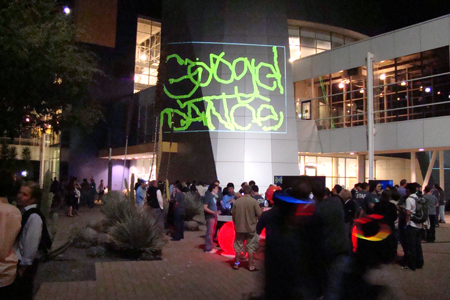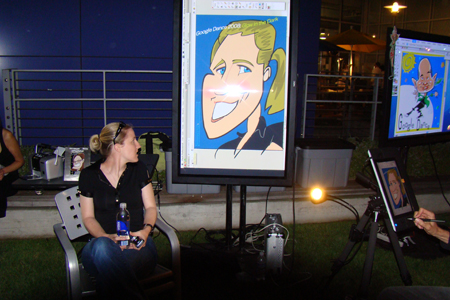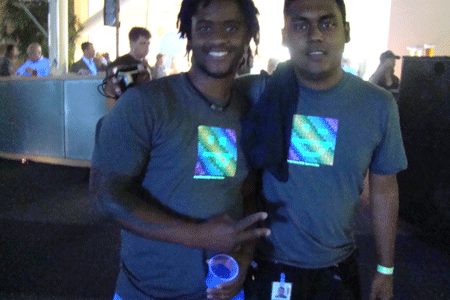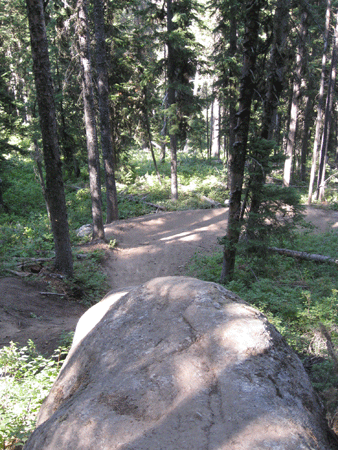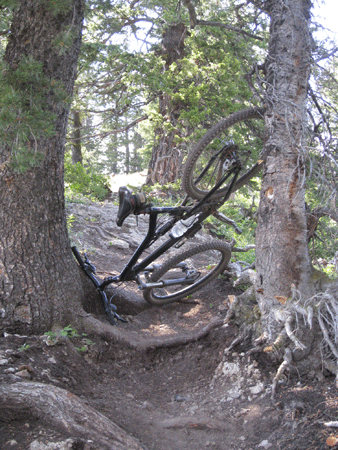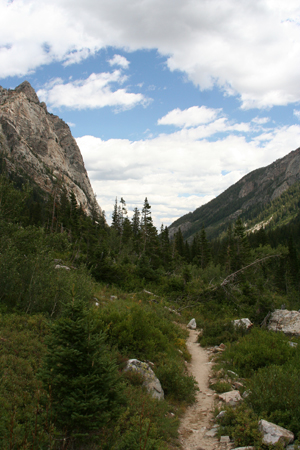As often as possible I try to spend time with smart people who make me think differently and deeply about what I’m doing in business. This week I had the fortune of having dinner in the city with some CEOs who actively challenge the management status quo. Aaron Ross put the dinner together. He heads up CEOFlow and works with CEOs on the intersection of sales, management and productivity. We got together with John Girard, CEO of Clickability, and David Gehring, CEO of Famplosion, to talk about some of the challenges of running a business in an age of huge transformation.
 We talked a lot about the challenges and imperatives of transparency, communication, business direction, oh, and managing the competing expectations of employees, investors, customers and family. Light stuff.
We talked a lot about the challenges and imperatives of transparency, communication, business direction, oh, and managing the competing expectations of employees, investors, customers and family. Light stuff.
What struck me about the conversation was the realization that we spend a lot of time talking about the technical aspects of change, largely because the manifestation of those changes is so visceral. Because of technology, you can start a business today for a fraction of what it cost 10 years ago. Because of technology, the ways in which you communicate with a company’s stakeholders has changed dramatically, and it’s hard to keep up with the pace of change. But we talk far less about the ripples these changes have caused in the day to day management of a business.
I think the key change, and one that’s tangible enough to quantify, is the speed of change in markets that we all have to adapt to. When I started my first business, oh geez, 15 years ago, people talked about 5 year business plans without a hint of irony. Today, as I’m closing in on funding for SocialRep, no one takes too seriously anything you project beyond 18 months, if that.
Despite these changes, the typical structures for managing ~management~ haven’t changed all that much, although there’s a growing emphasis on short-term productivity (Getting Things Done, Inbox Zero), which is really just about dealing with the overwhelming flood of stuff that comes with the increasing pace and volume of a fully wired life. When things speed up, we focus more and more on the short term so we can just keep running. But how much sense does that make? As if the faster you run, the more you should look at your feet.
So we got to talking about how we’re adapting the age old wisdom of Values, Mission, Goals, to the realities of today’s business. A general consensus formed around the need for agility and flexibility, informed by long term objectives, and we discovered that we were co-evolving similar methods–methods not all that dissimilar from the strategies engineers evolve to deal with the pace of technology change. The formula that works for me is major six-month objectives broken down into quarterly or monthly initiatives depending on the area and complexity of business. For example, sales and marketing generally have shorter cycles while engineering’s are somewhat longer.
I could go into excrutiating detail on this, but I’ll leave that to the management gurus. I’m still figuring it out for myself. But a couple of aspects that I find particularly interesting. First, while some of the old concepts still apply–it’s important to have values and vision because they set the general direction of travel–the hyper formulation of detailed goal sets aren’t as practical in a world of rapid change. You need skill sets for a strong sense of direction and rapid course correction rather than a detailed chart, because the landscape is always changing.
The other dynamic that fascinates me is how much of our organizational methodologies we draw from engineering and technology. A century ago, our concepts of psychology and organizational management were driven by metaphors of steam engines, and then telephone switchboards. Then we adapted those metaphors to computers and networks. Today our metaphors for management are starting to look like cloud computing and mashups. It’s as if the physical technologies we create push the boundary forward on how we can think in the abstract about how we operate and manage organizations.
Is that a good thing? Or are we simply imagining ourselves in the reflection of our shiny objects?

